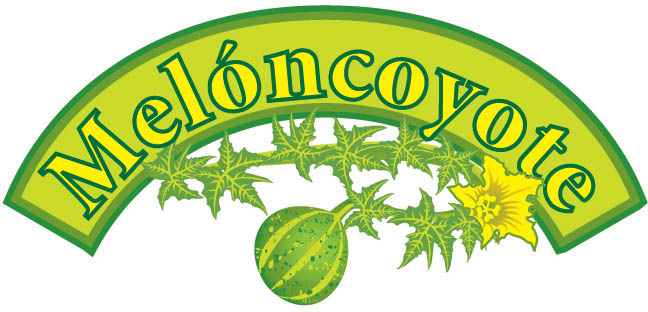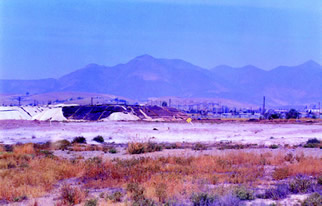
Environmental Remediation: a Long Way to Go
Cristina Mariscal and Miguel Ángel Torres
The remediation of the area that was once occupied by Metales y Derivados covered 16,400 sq. yards of land contaminated principally by lead, arsenic and cadmium, dangerous residues that are corrosive, reactive, explosive and flammable. Prolonged exposure to these can produce illnesses such as cancer, genetic deformities, and damage to kidney and liver function as well as damage to the ecosystem and natural resources.
The cleanup of Metales y Derivados is part of the Binational Policy for the Cleanup and Revitalization of Contaminated Border Sites 2012, as announced by the Mexican secretary of the environment and natural resources (SEMARNAT). The Environmental Health Coalition believes that there are 66 contaminated sites along the border that require urgent remediation.
According to SEMARNAT, the sites that have received priority are those that pose the greatest risk to the environment and public health. In addition to the area occupied by Metales y Derivados, remediation has been done on a site called La Pedrera in the county of Guadalcázar in San Luís Potosí; work has been started on Cromatos, located in Tultitlán in the state of México; work is proceeding on Fertimex in Salamanca (where $10 million dollars has been spent); and soon cleanup will begin of Cytrar, in Hermosillo, Sonora where 2 million dollars will be directed.

Open-air lead slag heap. Photo: PECE.
In the last four years, the federal government has spent 20 million dollars for the cleanup of sites contaminated with toxic residues, to which they will add an additional 26 million dollars in 2009.
SEMARNAT recognized 297 sites contaminated with toxic residues in the country, the majority of these belonging to the state-owned petroleum company, Petróleos Mexicanos (PEMEX) and the federal electricity commission, CFE. The states with the most sites are San Luís Potosí (46), México state (30), Aguascalientes (28), Coahuila (21) and Veracruz (20).
Sites were located with the help of SISCO (the information system of contaminated sites in English) and with the collaboration of PROFEPA (the prosecutorial branch of SEMARNAT) and state governments.
Of the total, INE (the national ecology institute) estimates that 36% register high concentrations of heavy metals such as zinc, lead, mercury and chromium; 17% have bio-infectious residues; 13% smelting residues; 11% used grease and oils; and the remaining have residues of both inorganic and hydrocarbon solvents.
But, according to a report released by IFAI (the federal institute for information access), the number of contaminated sites with dangerous residues is at least 432 and the only states without toxic sites are Baja California Sur, Querétaro, Tabasco and the Federal District.
In 2003 there were around 26,000 businesses and industrial sites that were producing toxic residues in the country, according to SEMARNAT’s calculations, which also estimated that production of toxic waste was 8.4 million tons annually.
The administrative subsecretary for environmental protection within SEMARNAT, Mauricio Lión, says that there is a registry of 297 sites but that there must really be more than 3,000. This number should be become clearer once the national program for remediation of contaminated sites, that will have an inventory of the sites, is put into action.